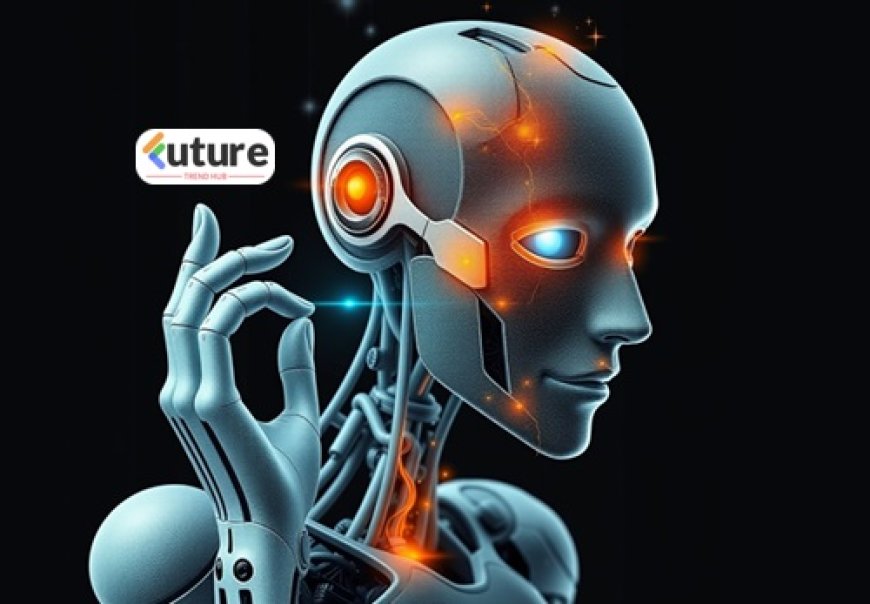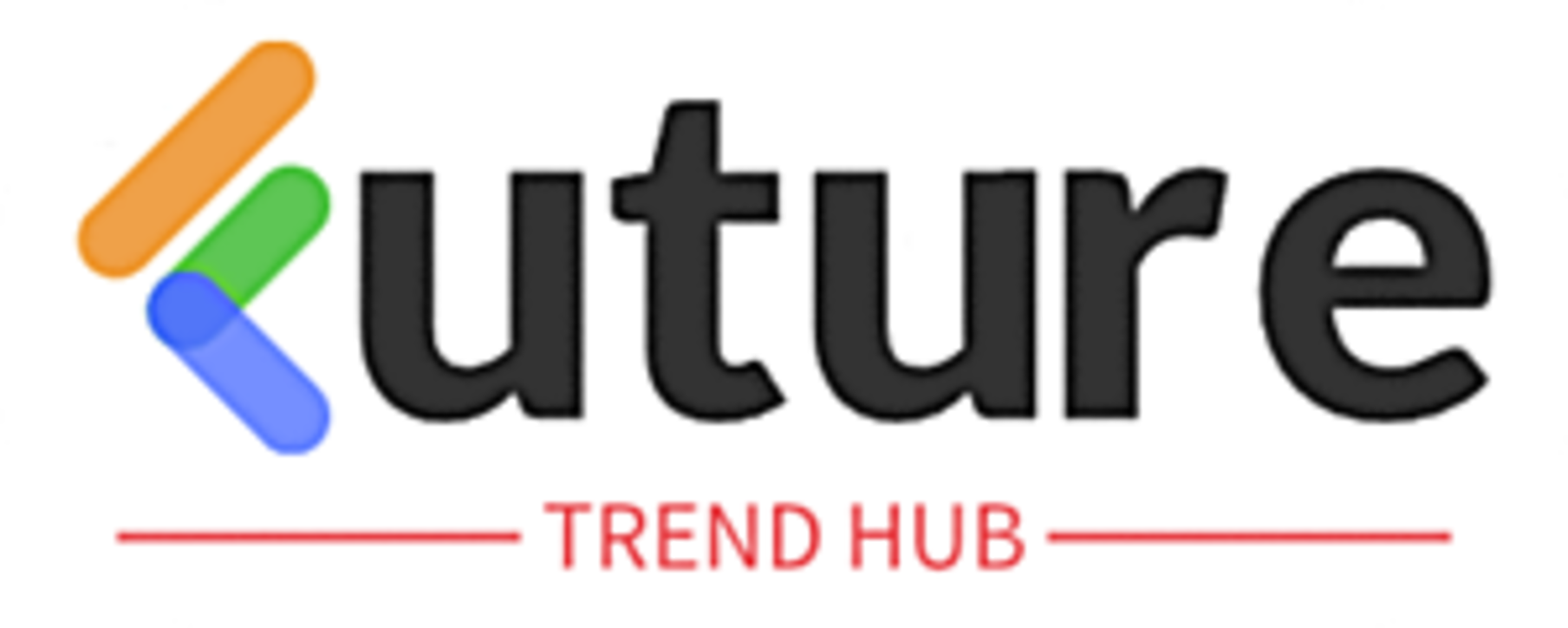How to Use AI in 2025: A Beginner’s Guide to Unlocking Artificial Intelligence
Artificial Intelligence (AI) is no longer a futuristic concept—it’s part of our everyday lives. From chatbots and virtual assistants to smart recommendations and self-driving technology, AI is transforming how we work, learn, and live. If you’ve ever wondered how to use AI effectively, this guide will walk you through the basics and practical applications.

What is AI?
Artificial Intelligence (AI) refers to machines or software that mimic human intelligence—learning, reasoning, and problem-solving. Unlike traditional programs, AI can analyze data, adapt to changes, and make predictions with minimal human input.
Why Should You Use AI?
AI isn’t just for tech giants—it’s for everyone. Whether you’re a student, entrepreneur, or business owner, AI tools can help you:
-
Save Time – Automate repetitive tasks like emails or scheduling.
-
Boost Productivity – Generate content, analyze data, and manage projects faster.
-
Improve Decision-Making – Use AI insights to predict trends and minimize risks.
-
Enhance Creativity – Design, write, or brainstorm with the help of AI-powered platforms.
How to Use AI in Daily Life
Here are some simple yet powerful ways to integrate AI into your routine:
1. Content Creation & Writing
AI tools like ChatGPT, Jasper, and Writesonic help generate blog posts, social media content, and emails quickly. Perfect for students, marketers, and bloggers.
2. Smart Assistants
Use AI assistants like Siri, Alexa, and Google Assistant to set reminders, answer queries, and control smart home devices.
3. Business & Work Productivity
-
Data Analysis: AI platforms like Tableau and Power BI provide real-time insights.
-
Customer Service: Chatbots handle queries 24/7.
-
Marketing: AI helps with SEO optimization, ad targeting, and personalized campaigns.
4. Education & Learning
Students can use AI-powered tools like Duolingo, Quizlet, and Khan Academy for personalized learning experiences.
5. Design & Creativity
AI tools such as Canva, Runway, and DALL·E make graphic design, video editing, and image generation easier—even for non-designers.
Best Practices for Using AI
-
Understand the Limitations – AI is powerful, but not always 100% accurate.
-
Use Responsibly – Avoid over-reliance and fact-check generated content.
-
Protect Your Data – Ensure privacy when sharing personal information with AI platforms.
-
Stay Updated – AI is evolving rapidly; new tools and features launch regularly.
The Future of AI
In 2025 and beyond, AI will continue to shape industries like healthcare, finance, manufacturing, and education. Emerging technologies such as AI-driven automation, predictive analytics, and generative AI will redefine how we work and innovate.







